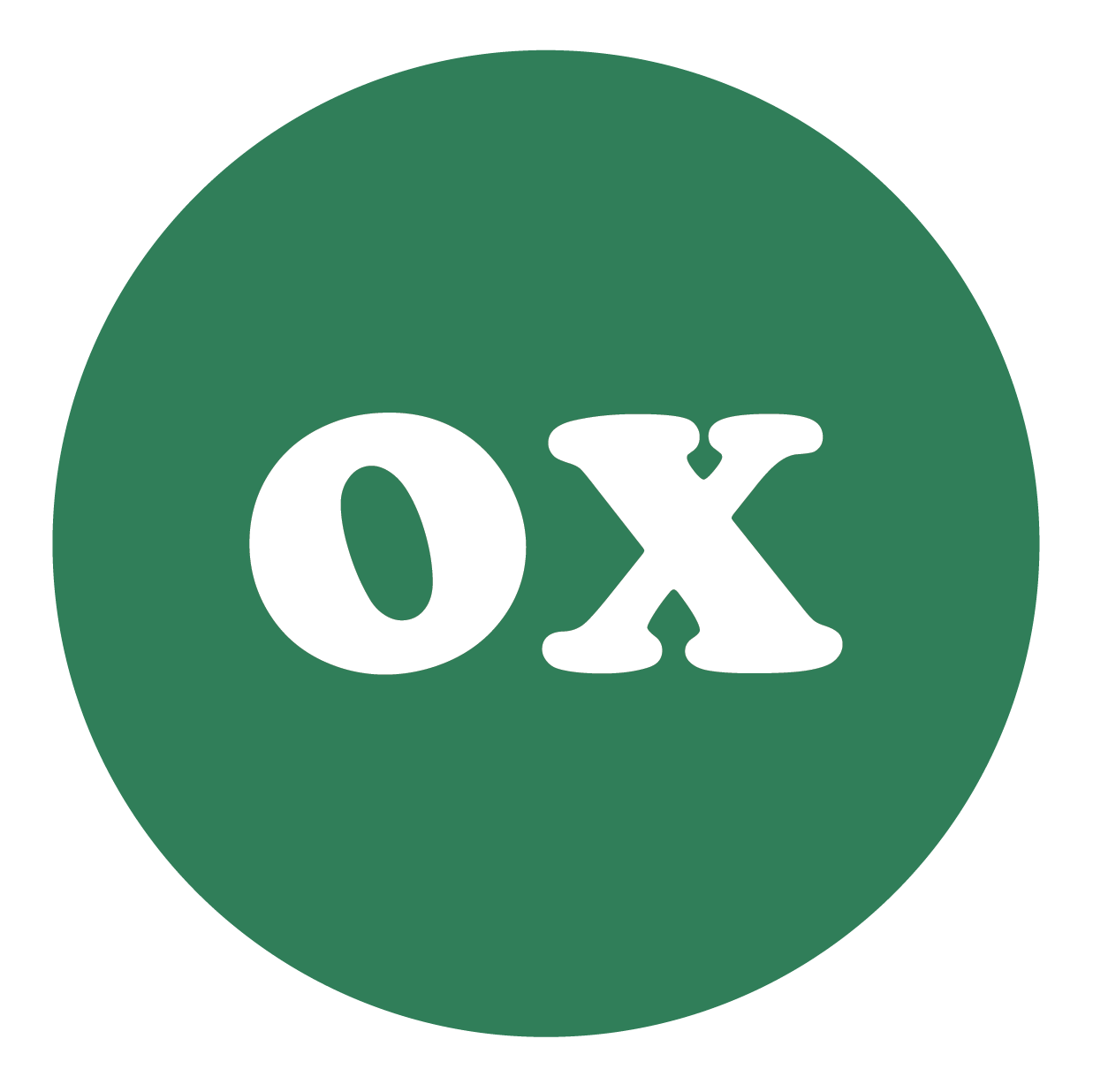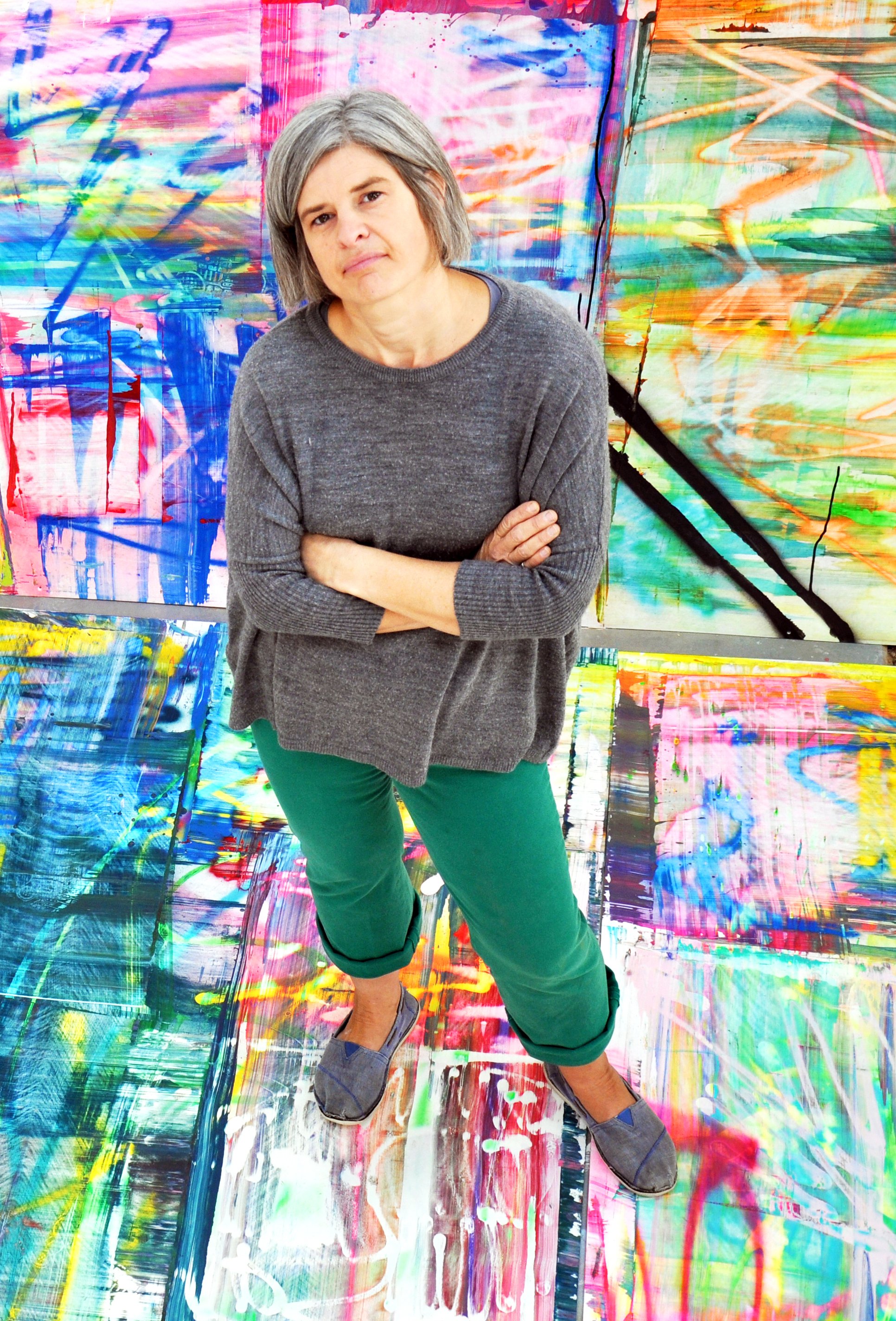Hell in the Summer, graphite on paper, 28 in. by 20 in.
Peng discusses breaking free from artistic blocks, moving beyond the studio, and finding freedom in the 9-5.
When I sit down to call Paul Peng, he first appears on screen beaming a smile. Peng confesses he’s just finished another virtual meeting; “If I seem a bit tired at the start of this call, it’s because I am.” I’m charmed by this candor, his willingness to disclose what’s going on in his world. This same earnestness carries us through the rest of the call, a two and a half hour conversation, which spans in focus from his studio practice to DDR competitions. It’s 1:30 p.m. on a Wednesday, the most notorious slog hour of the work week and I too am a bit tired, however, the energy soon takes off. It’s not long until the general spark of the conversation has us both alight.
It’s been six years since Peng last attended Ox-Bow. In that time his relationship with his studio space, artistic practice, and career have changed significantly. A longstanding element of Peng’s practice is cartoon work, but his associations and explorations of this work have proved adaptive over the years. From 2017 to 2022, Peng rooted his work in exploring similarities between cartoon and mark making. By exploring their shared nature, Peng produced a number of works. This investigation he pinpoints as a significant shift in his practice. He noted laughingly that others might not be able to notice the shift, but he viewed it as a driving force that propelled him forward. However, in 2022 that curiosity found its end. Peng initially tried to continue the exploration, but realized the effort was forced. The question had gone stale.
Ground, graphite on paper, 38 in. by 50 in.
Peng next began to focus on object oriented ontology, most typically associated with sculpture, and applied it to his drawing practice. The goal was to create drawings that were actual objects and not representations. Peng produced a number of works based on this investigation. He laughs as he recalls, “I made some very strange drawings,” and ultimately realized “cartoons are representational, no matter how much I don’t want them to be… they are.” In retrospect, he recognizes it as a strategy to break free of his block. While it successfully did that, it more importantly made Peng realize that this was just another fashion in which he was “radically changing how [he] made art to match how [he] thought about art.” Now “instead of trying to change my art to match the way I think,” Peng recognizes, “I need to change the way I think to match my art.” This is the philosophy that Peng leans into today, an attitude that produces work indisputably authentic to the artist.
In similar spirit, Peng enjoys investigating how space affects his practice. Some of his favorite drawings of late have been produced in coffee shops. Though he still keeps a studio space, he finds freedom in pursuing his work beyond those walls. To only produce work in the studio, he finds, limits the scope of what he can produce. Just as thoughts can restrict artistic expression, so too can spatial influences.
Like many artists, Peng has juggled a number of jobs to pay the bills. After graduating from his MFA program, he navigated a variety of part time teaching contracts. He resisted committing to a nine-to-five for fear of the toll it would take on his artistic practice, but Peng found the financial pressure of these part time contracts to be a burden that still siphoned energy from his creative goals. He came to the conclusion, “I can't continue living life in fear… under this assumption that having a full time day job would like completely drain… because I'm already experiencing that through this weird part time gig.” So in 2018 he picked up a job in coding.
In undergrad Peng had studied computer science alongside studio art. “And no I didn’t do it as a safety net,” he chided. He insisted that for the sake of his soul, he needed to study computer science. He truly loved the world of math and programming. When he returned to it in 2018, he experienced an incredible relief as a he realized, “my life is big enough for more than one passion.”
Over the past few years Peng has been creating more and more space for his variety of interests. He first felt this sense of permission at Ox-Bow as a student. “Ox-Bow was the first time where I experienced this environment where art didn't feel like it was in a zero sum game with the rest of my life,” Peng said. As it turns out, Peng lives a life filled with an abundance of pursuits, two of the more recent ones being DDR competitions and trips to amusement parks. He disclosed, only half joking, he might organize a trip to the local coaster park in Michigan this summer. As he anticipates his return to Ox-Bow, Peng hopes for equal parts work and play. Just as much as time in the studio, Peng looks forward to time to “frolic on the meadow” and venture out on the lagoon with canoes, to let art and life sit in an unencumbered exchange with one another, and to delight in whatever arrives.
Birthday, graphite on paper, 38 in. by 50 in.
Photo of Paul Peng. Image courtesy of the artist.
Paul Peng (b. 1994, Allentown, PA; pronounced “Pung”) is a contemporary artist who makes non-representational and cartoon drawings based on what it feels like to be a real person. This feeling comes from his adolescent experience witnessing and participating in an internet-based folk art tradition of sad closeted teens drawing pictures of themselves as anthropomorphic fantasy creatures, anime monster boys, and other cartoons of things that they are not. Paul is currently interested in how his art practice directly extends this tradition: how his work, born from queer teen anguish, exists under conditions where that anguish used to exist but no longer does.
Paul graduated from Carnegie Mellon University in 2017 with a BCSA in Computer Science and Art, and has also studied classical drawing at Barnstone Studios in Coplay, PA (2013) and experimental drawing right here at Ox-Bow (2017). Alongside his art practice, Paul is a roller coaster enthusiast, a programming language design hobbyist, and an aspiring long-distance runner and competitive DanceDanceRevolution player. He currently lives and works from Pittsburgh, PA.
If you have news or stories you’d like to share about your time at Ox-Bow or beyond, you can contact Engagement Liaison & Storyteller, Shanley Poole, at spoole@ox-bow.org.















